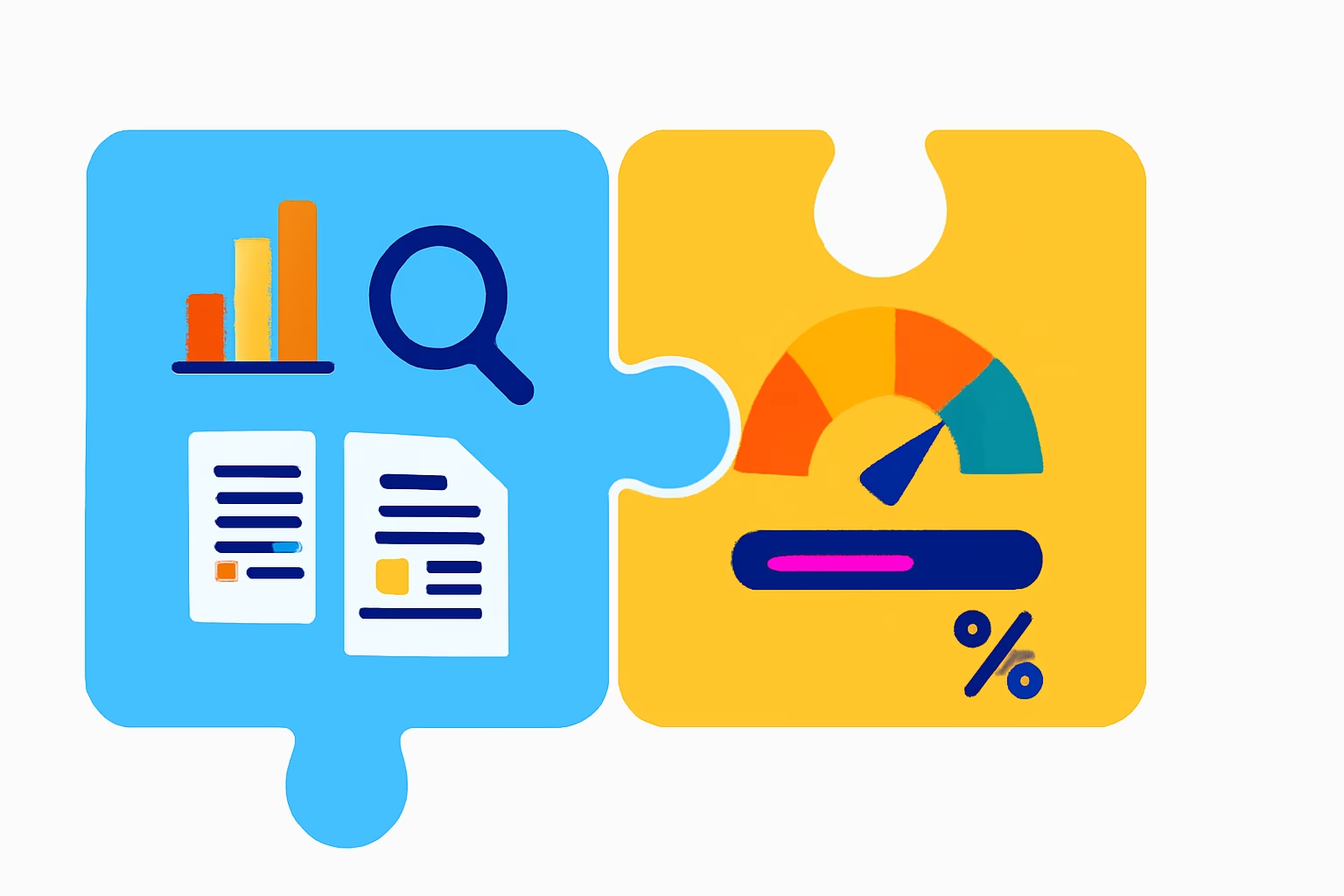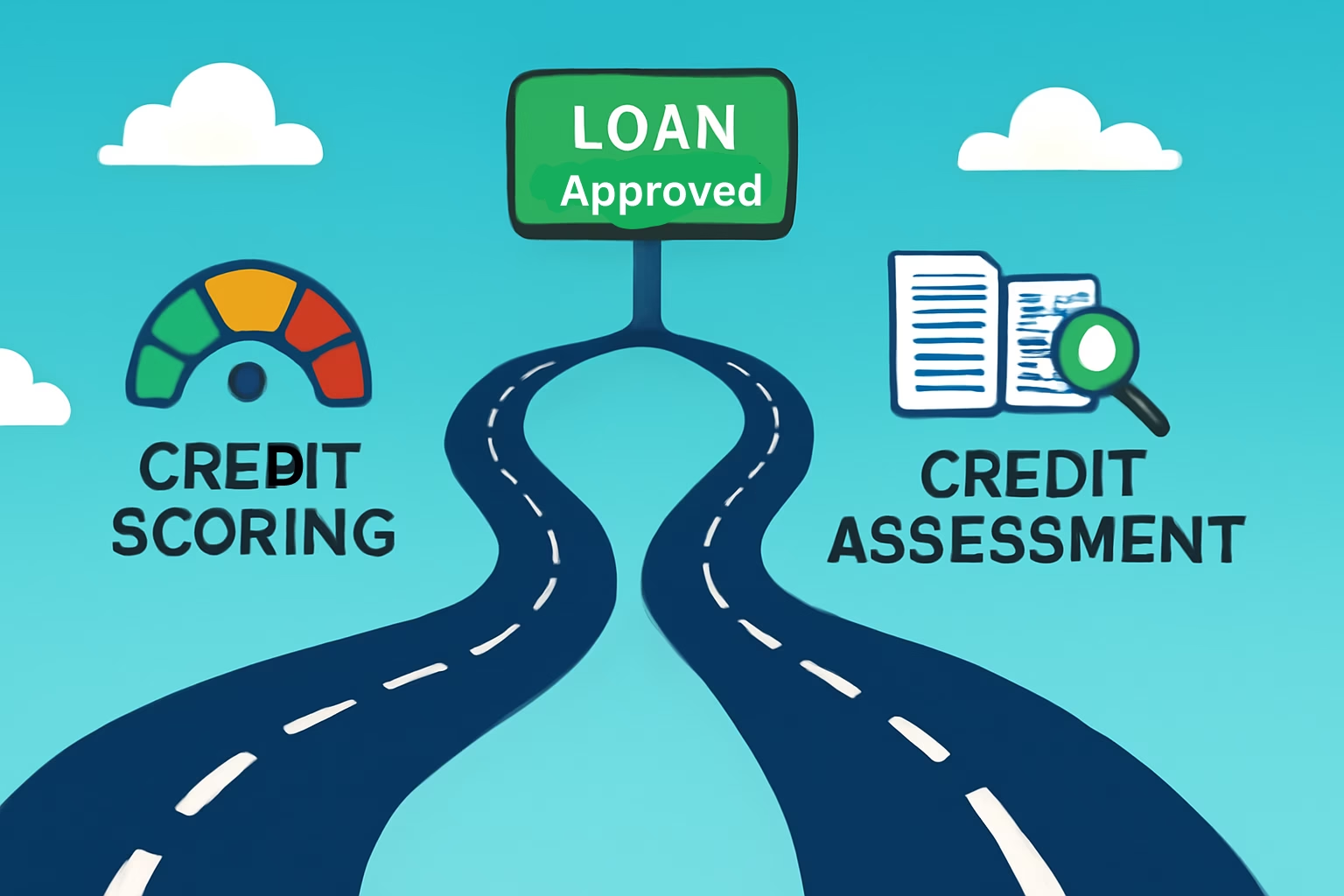Introduction
Ever wondered how Amazon always seems to suggest exactly what you need? Imagine your lending decision process working the same way – fast, data‑driven, and highly accurate. For NBFCs, DSAs, and auditors, integrating credit scoring with credit assessment is no longer just an idea — it’s today’s competitive edge.
💡 For a complete framework on leveraging bank statements in credit decisions, check out our Ultimate Guide to Bank Statement Analysis-it walks you through both manual and automated insights lenders rely on.
Why Integration Matters in Credit Risk Assessment
Credit scoring models can analyse years of credit bureau data in seconds to predict repayment risk. But speed without context creates blind spots. Combining scores with detailed credit risk assessment — such as income verification, bank statement review, and background checks — delivers both faster and safer lending outcomes.
💡 Want to see how advanced credit risk assessment tools can cut loan defaults and improve portfolio health? Read our blog on Reducing Loan Defaults Using Credit Risk Assessment Tools in 2025 for proven strategies.
This dual approach is a game‑changer for lenders processing large volumes of applications.
How to Integrate Credit Scoring Model with Credit Assessment

Step 1: Choose the Right Credit Scoring Model
There are two main approaches:
-
Standard Bureau Scores – From agencies like CIBIL, Experian, or Equifax; fast, widely trusted, and easy to integrate.
-
Custom Models – Built using your own customer data to suit specific market segments or loan types.
💡 Best Practice: Many lenders adopt a hybrid model — bureau scores for quick screening and custom scoring for precision in high‑value cases.
Step 2: Collect & Pre‑Process Quality Lending Data
A credit score is only as reliable as the data behind it.
- Pull KYC documents, loan application details, and previous loan histories.
- Add bank statement data to uncover true income and spending patterns.
Pro Tip: Use automated bank statement analysis tools to extract, categorise, and verify data quickly and accurately.
Important stat you have to note: Lenders using automated pipelines cut approval times by up to 70% (BCG, 2023).
💡 Fraud prevention is just as important as accurate scoring. In our blog on Preventing Loan Fraud with a Smart Bank Statement Analysis Tool, we explain how lenders can detect suspicious activities early and safeguard their business.
Step 3: Build an Integrated Lending Decision Process
-
Application received
-
Bureau score generated instantly
-
Apply decision rules
| Score Range | Action |
| High Score | Fast‑track approval |
| Mid‑Range | Manual review + full credit assessment |
| Low Score | Decline or offer alternative products |
For borderline cases (“grey zone”), trigger a detailed risk analysis — including bank statement analysis software, expense categorisation, and repayment pattern checks.
💡 Want to see how your core lending platform can integrate directly with advanced statement analysis? Explore Integrating Bank Statement Analyzer API with Core Lending Platforms: A 360-Degree Deep Dive for step‑by‑step guidance.
Step 4: Monitor, Measure, and Refine
- Track default rates per decision pathway.
- Retrain credit scoring models with updated borrower behaviour data.
- Collect underwriter feedback to validate that integration improves accuracy instead of adding unnecessary steps.
How Automation Simplifies Credit Risk Assessment
Pro Analyser’s bank statement analysis tool can:
- Ingest 500+ bank formats automatically
- Categorise income, expenses, and liabilities with AI
- Flag risky behaviours like frequent overdrafts or undisclosed loans
- Display KPI dashboards for faster decision‑making
| Benefit | Impact |
| Faster decisions | Lower TAT, more loans |
| Better prediction | Reduced default rates |
| Compliance | Easier audits |
| Experience | Happier lenders & clients |
With these tools, underwriters spend less time inputting data and more time shaping loan strategies.
Real‑World Scenario
A Coimbatore‑based NBFC improved collections by 22% in one year by sending all mid‑range applicants directly to statement‑based analysis. This additional step caught hidden risks that bureau scores alone had missed.
Conclusion
When it comes to lending, a credit score gives you the quick scan — but a credit assessment delivers the full read. Integrating both ensures speed without sacrificing accuracy.
🚀 Ready to upgrade your lending decision process?
Explore our Bank Statement Analysis Software and discover how to merge data speed with deep financial insights for confident approvals every time.



